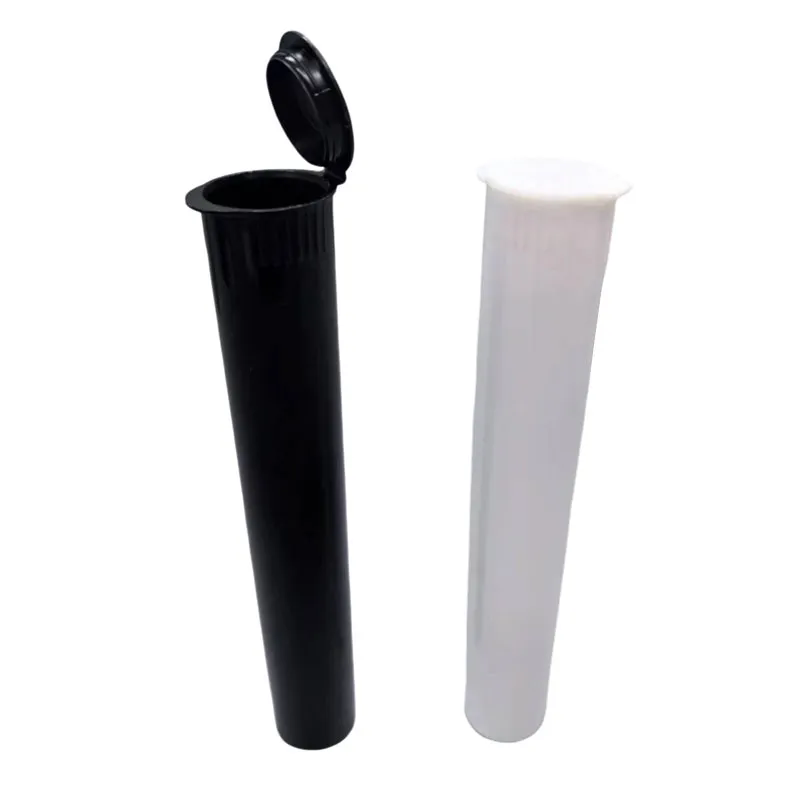Why Are CR Tubes Essential in Modern Engineering and Construction?
2024-12-07
In the world of engineering and construction, materials that combine strength, versatility, and durability are invaluable. One such material is the CR tube (Cold Rolled tube). But what exactly makes CR tubes a staple in various industries, and why should they be your material of choice for structural and mechanical applications? Let’s dive in.
1. What Is a CR Tube?
A CR tube is a steel tube manufactured using the cold rolling process. Unlike hot rolled tubes, cold rolled tubes are formed at room temperature, which gives them:
- Higher precision in dimensions.
- Improved surface finish for aesthetic and functional applications.
- Increased mechanical strength due to work hardening during the rolling process.
CR tubes are available in various shapes, including round, square, and rectangular profiles, making them suitable for a wide range of applications.
2. How Are CR Tubes Made?
The cold rolling process involves several steps:
1. Raw Material Preparation: Hot rolled steel is used as the base material.
2. Cold Rolling: Steel is passed through rollers at room temperature to achieve the desired thickness and shape.
3. Annealing (Optional): For certain applications, CR tubes may undergo heat treatment to improve ductility.
4. Surface Finishing: The final tubes are polished or coated for enhanced corrosion resistance and appearance.
This meticulous manufacturing process ensures CR tubes meet high standards of quality and performance.
3. What Are the Advantages of CR Tubes?
CR tubes offer numerous benefits, making them a preferred choice for engineers and designers:
- Superior Strength: Cold rolling increases tensile strength and load-bearing capacity.
- Precision: Tight dimensional tolerances ensure consistency in production and assembly.
- Smooth Surface: Ideal for applications requiring aesthetic appeal or reduced friction.
- Versatility: Compatible with welding, machining, and coating processes.
- Corrosion Resistance: When combined with protective coatings, CR tubes excel in harsh environments.
4. Where Are CR Tubes Used?
CR tubes are indispensable across various industries:
- Automotive: Used in chassis, exhaust systems, and structural components due to their strength and light weight.
- Construction: Perfect for frameworks, columns, and railings, ensuring stability and durability.
- Furniture: Their sleek finish makes them ideal for modern furniture designs.
- Machinery: Essential in hydraulic and pneumatic systems, as well as for manufacturing tools and equipment.
- Electrical Engineering: Utilized in cable conduits and protective enclosures.
Their adaptability allows CR tubes to meet the demands of both functional and aesthetic applications.
5. How to Choose the Right CR Tube?
Selecting the right CR tube for your project involves considering the following factors:
- Material Grade: Different grades of steel offer varying levels of strength, ductility, and corrosion resistance.
- Dimensions: Ensure the tube’s diameter, thickness, and length align with your design requirements.
- Surface Treatment: Choose coatings like galvanization or powder coating for added protection.
- Compliance Standards: Verify that the tubes meet industry regulations and certifications.
Working with a trusted supplier can help you navigate these choices effectively.
6. What Does the Future Hold for CR Tubes?
With advancements in technology and materials science, the demand for CR tubes is expected to grow. Emerging trends include:
- Eco-Friendly Manufacturing: Reduced energy consumption and waste during production.
- High-Performance Alloys: Improved materials for extreme environments and high-stress applications.
- Customization: Enhanced capability to produce tubes tailored to specific industry needs.
These developments will further solidify the role of CR tubes as a cornerstone in engineering and construction.
Conclusion
CR tubes are more than just steel components; they are essential building blocks in modern engineering and construction. Their precision, strength, and adaptability make them a reliable choice for countless applications, from automotive manufacturing to architectural projects.
When durability and performance matter, CR tubes are an investment you can trust. Ready to explore the potential of CR tubes for your next project? Now’s the time to make the smart choice.



